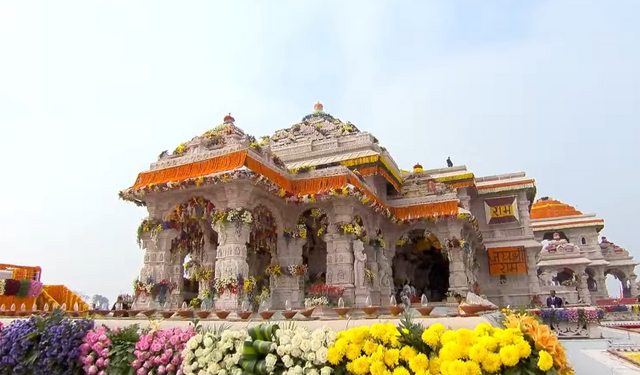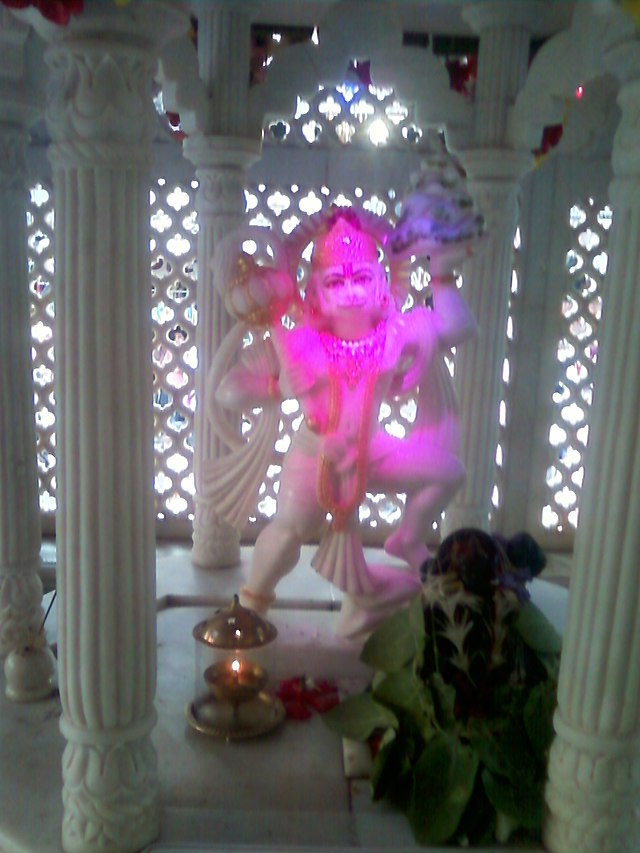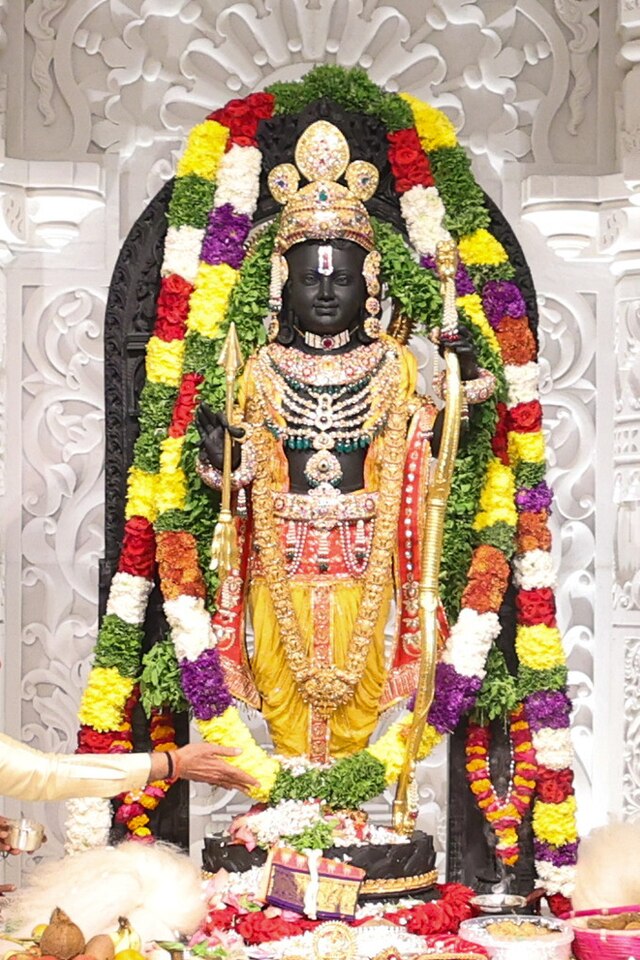The Ram Mandir in Ayodhya stands as one of India’s most photographed religious monuments, and for good reason. Every image tells a story of faith, dedication, and architectural brilliance that spans centuries of history. Whether you’re a devotee, photographer, or simply curious about this magnificent structure, the visual documentation of Ram Mandir offers an incredible journey through time and spirituality.
Have you ever wondered what makes these temple photos so captivating? It’s not just the grandeur of the structure, but the emotions and stories they capture. From the historic construction phases to the joyous inauguration celebrations, each photograph serves as a window into one of the most significant religious developments in modern India.
The Historical Significance Behind Every Photo
Every photograph of Ram Mandir carries the weight of history. This isn’t just any temple – it’s built on the birthplace of Lord Rama, making every image a testament to centuries of faith and perseverance. The photos document not just a building, but the fulfillment of countless prayers and dreams.
When you look at these images, you’re witnessing the culmination of a movement that brought together millions of people. The temple’s construction represents the resolution of one of India’s longest-standing religious disputes, and the photographs capture this monumental achievement in all its glory.
The historical context adds depth to every shot. Whether it’s the foundation ceremony or the final consecration, these photos will be studied by historians for generations to come. They’re not just pretty pictures – they’re historical documents that preserve a pivotal moment in Indian civilization.
Architectural Marvel Captured in Images

The Ram Mandir’s architecture is a photographer’s dream. Built in the traditional Nagara style, every angle offers something spectacular to capture. The temple’s pink sandstone construction creates a warm, inviting glow that photographs beautifully at any time of day.
What makes these architectural photos so stunning? It’s the attention to detail that ancient Indian craftsmen were famous for. Every pillar, every carving, every dome has been meticulously crafted and photographed to showcase this incredible artistry. The temple stands 161 feet tall and spans 380 feet in length, providing countless opportunities for both wide-angle architectural shots and detailed close-ups.
The three-story structure with its multiple domes and spires creates a majestic silhouette against the Ayodhya skyline. Photographers often capture the interplay of light and shadow across the intricate facades, highlighting the depth and complexity of the traditional Indian architectural elements.
Construction Journey Through Photos

The construction of Ram Mandir has been one of the most documented building projects in recent history. From the very first groundbreaking ceremony to the final touches, photographers have captured every significant milestone along the way.
These construction photos tell an incredible story of determination and skill. You can see the transformation from an empty plot of land to one of India’s most magnificent temples. The progression photos show how traditional construction techniques were combined with modern engineering to create something truly extraordinary.
Foundation Stone Ceremony Pictures
The foundation stone ceremony on August 5, 2020, marked a historic moment captured in thousands of photographs. Prime Minister Narendra Modi’s presence at the ceremony created iconic images that will be remembered for generations. These photos show not just the ceremony itself, but the joy and emotion of millions of devotees who had waited decades for this moment.
The silver brick used in the foundation ceremony became a focal point for photographers, symbolizing the beginning of a new chapter. The elaborate rituals and the participation of religious leaders from across the country created a visual spectacle that photographers couldn’t resist capturing.
Building Progress Documentation
Month by month, photographers documented the temple’s rise from the ground up. These progress photos show the incredible pace of construction and the dedication of the workers and artisans involved. You can see the massive stones being carved, the intricate sculptures taking shape, and the domes gradually reaching toward the sky.
The construction photos also highlight the use of traditional techniques alongside modern technology. The careful documentation shows how ancient Indian architectural principles were applied using contemporary methods, creating a perfect blend of old and new.
Interior Design and Sacred Spaces

The interior of Ram Mandir is just as photogenic as its exterior. The sacred spaces within the temple have been designed to inspire awe and devotion, creating perfect conditions for spiritual photography.
The Main Sanctum Photography
The main sanctum, or garbhagriha, houses the idol of Ram Lalla and represents the heart of the temple. Photos of this sacred space capture the divine atmosphere created by the careful use of lighting, materials, and spatial design. The golden hues and soft illumination create an otherworldly environment that translates beautifully in photographs.
The sanctum’s photography reveals the incredible attention to detail in the interior design. Every element, from the floor patterns to the ceiling designs, has been carefully planned to create a sense of divine presence. The photos show how natural and artificial lighting combine to highlight the sacred idol and create an atmosphere of reverence.
Intricate Carvings and Sculptures
Close-up photography of the temple’s carvings reveals the extraordinary skill of the artisans involved in the project. These detailed shots showcase scenes from the Ramayana carved into the stone walls, bringing the epic to life through visual art.
The sculptural work includes everything from large narrative panels to delicate decorative elements. Photographers have captured the incredible detail in these carvings, showing how each piece contributes to the overall artistic vision of the temple. These images serve as a permanent record of some of the finest stone carving work being done in India today.
Inauguration Day Photo Collection

January 22, 2024, marked the official inauguration of Ram Mandir, creating a treasure trove of memorable photographs. The Pran Pratishtha ceremony brought together dignitaries, celebrities, and devotees from across the globe, resulting in some of the most iconic images in recent Indian history.
Prime Minister’s Visit Images
Prime Minister Modi’s participation in the inauguration ceremony created several historic photographs. His emotional response during the ceremony was captured by photographers and became some of the most shared images on social media. These photos document not just a political leader at a religious event, but a devotee experiencing a deeply personal moment.
The images show the Prime Minister performing various rituals, interacting with religious leaders, and addressing the gathered crowd. These photos will likely become part of the historical record of his tenure and the significance of this event in contemporary Indian politics and culture.
Devotee Celebrations Captured
Perhaps the most moving photographs from the inauguration are those showing the reactions of ordinary devotees. Tears of joy, hands raised in prayer, and faces filled with emotion – these images capture the true meaning of the event for millions of Hindus worldwide.
The celebration photos extend beyond the temple grounds to show festivities across India and even internationally. Photographers documented how communities came together to celebrate this moment, creating a visual record of collective joy and spiritual fulfillment.
Best Times for Temple Photography
Timing is everything in photography, and Ram Mandir offers different photographic opportunities throughout the day. Understanding the best times to photograph the temple can help you capture its beauty in the most compelling way.
Sunrise and Sunset Shots
The golden hours provide the most dramatic lighting for Ram Mandir photography. During sunrise, the pink sandstone takes on a warm, golden glow that creates magical atmospheric conditions. The temple’s eastern orientation means morning light illuminates the main facade beautifully.
Sunset photography offers equally stunning opportunities, with the warm evening light creating long shadows that add depth and drama to architectural shots. The interplay between the artificial temple lighting and the natural sunset creates spectacular photographic conditions that professionals and amateurs alike find irresistible.
Festival Photography Opportunities

Religious festivals provide unique photographic opportunities at Ram Mandir. During celebrations like Ram Navami, Diwali, and other significant occasions, the temple comes alive with decorations, lighting, and crowds of devotees, creating dynamic and colorful photographic subjects.
Festival photography captures the living, breathing aspect of the temple – it’s not just a monument but an active place of worship. These images show the temple fulfilling its primary purpose as a center of devotional activity and community gathering.
Photography Guidelines and Rules
Like most religious sites, Ram Mandir has specific guidelines for photography that visitors need to understand and respect. These rules are designed to maintain the sanctity of the space while allowing for reasonable documentation and personal photography.
Permitted Areas for Photos
Not all areas of the temple complex are open for photography. The main courtyard and exterior areas generally allow personal photography, but the inner sanctum has restrictions to maintain the sacred atmosphere. Understanding these boundaries helps photographers plan their shots while respecting religious protocols.
The temple management has designated specific viewing areas and photo points that provide good angles while managing crowd flow and maintaining security. These designated spots often offer the best photographic opportunities anyway, as they’ve been chosen for their visual appeal and safety considerations.
Professional vs Personal Photography
There’s a clear distinction between personal photography for devotional or memory purposes and professional photography for commercial use. Professional photographers typically need special permissions and may have additional restrictions or requirements to fulfill.
Personal photography using smartphones and basic cameras is generally more freely permitted, while professional equipment like large cameras, tripods, and lighting equipment may require advance permission. The key is understanding and respecting these distinctions to ensure a smooth visit.
Social Media Impact of Ram Mandir Photos

The digital age has amplified the reach of Ram Mandir photographs exponentially. Social media platforms have become galleries for sharing temple images, creating a global visual narrative around this sacred space.
Instagram, Facebook, and Twitter have been flooded with amateur and professional photographs of the temple, each contributing to the collective visual story. These social media posts have helped people worldwide experience the temple’s grandeur, even if they can’t visit in person.
The hashtags associated with Ram Mandir photos have trended globally, showing the international interest in this architectural and spiritual achievement. The social media impact extends beyond mere documentation – it’s become a form of digital pilgrimage for many devotees.
Where to Find Authentic Ram Mandir Photos
With so many images circulating online, finding authentic, high-quality photographs of Ram Mandir requires knowing the right sources. Official temple websites, government documentation, and reputable news organizations provide verified images that accurately represent the temple.
Professional photography websites and portfolios of established photographers who have covered the temple’s construction and inauguration offer high-quality images that showcase the temple’s beauty without digital manipulation or misrepresentation.
For historical documentation, the archives maintained by the Ram Janmabhoomi Teerth Kshetra Trust provide authentic photographs from various phases of the temple’s development. These official sources ensure accuracy and proper context for the images.
Conclusion
The photographs of Ram Mandir Ayodhya represent more than just architectural documentation – they’re visual testimonies to faith, perseverance, and cultural achievement. From the construction journey to the inauguration celebrations, each image captures a piece of history that will inspire future generations.
Whether you’re planning a visit, studying Indian architecture, or simply appreciating the beauty of religious art, Ram Mandir photos offer a window into one of the most significant cultural developments of our time. The temple stands not just as a place of worship, but as a symbol of dreams realized and faith rewarded, beautifully captured in thousands of photographs that will preserve this moment for posterity.
These images remind us that some achievements transcend the immediate moment – they become part of the collective memory of a civilization. The photos of Ram Mandir Ayodhya will continue to inspire, educate, and move people long after we’re gone, serving as eternal witnesses to this remarkable achievement.
Frequently Asked Questions
1. Can I take photos inside Ram Mandir Ayodhya?
Photography rules vary by area within the temple complex. While exterior and courtyard photography is generally permitted for personal use, the inner sanctum may have restrictions. It’s best to check with temple authorities or guides about current photography policies in specific areas.
2. What’s the best time of day to photograph Ram Mandir?
The golden hours – early morning around sunrise and late afternoon before sunset – provide the most dramatic lighting for Ram Mandir photography. The pink sandstone looks particularly beautiful during these times, creating warm, atmospheric images.
3. Are there professional photography services available at Ram Mandir?
Yes, there are professional photographers who specialize in Ram Mandir photography and can provide high-quality images for special occasions or documentation purposes. However, commercial photography typically requires advance permission from temple authorities.
4. Where can I find official photos of Ram Mandir’s construction and inauguration?
Official photos are available through the Ram Janmabhoomi Teerth Kshetra Trust’s official website and documentation. Government archives and reputable news organizations also maintain collections of authentic photographs from various phases of the temple’s development.
5. Can I share Ram Mandir photos on social media?
Personal photos taken during your visit can generally be shared on social media platforms. However, if you’re using professional or copyrighted images, make sure to provide proper attribution and respect any usage restrictions that may apply.

